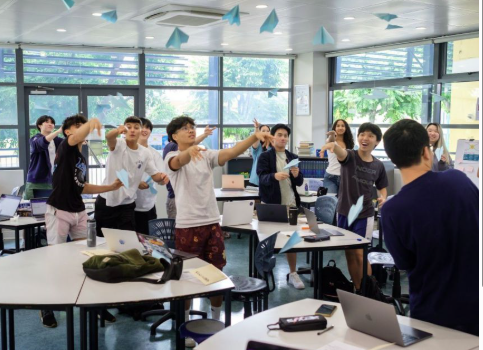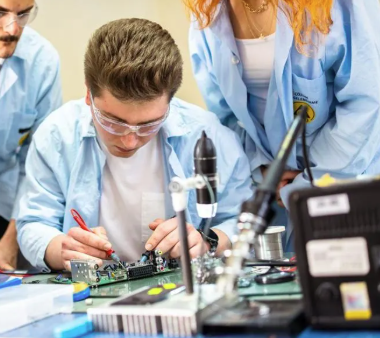Article:
In today’s classrooms, diversity is more than a demographic—it’s a reflection of the unique ways students think, learn, and experience the world. In 2025, personalized learning is helping schools respond to this diversity by meeting students where they are and helping each one thrive. By tailoring instruction to individual strengths, challenges, and cultural contexts, personalized learning fosters equity and inclusion in meaningful ways.
Recognizing Student Differences
Every student brings a distinct combination of learning preferences, language backgrounds, abilities, and experiences. Personalized learning acknowledges and embraces this diversity rather than trying to fit all students into a single mold. Through learner profiles, surveys, and ongoing assessments, educators gain insight into how each student learns best.
Flexible Pacing and Multiple Pathways
Personalized learning supports diverse learners by offering flexible pacing and varied routes to understanding. Whether students need more time to master a concept or are ready for enrichment, personalized paths allow for appropriate challenge and support. This flexibility ensures that students aren’t left behind or held back.
Culturally Responsive Content and Approaches
Learning becomes more relevant and empowering when it reflects students’ cultures, languages, and identities. Personalized learning allows educators to integrate diverse perspectives into instruction and adapt materials to align with students’ lived experiences. This approach affirms student identity and promotes deeper engagement.
Technology for Accessibility and Inclusion
EdTech tools are making personalized learning more accessible for students with disabilities and language learners. Features like text-to-speech, captioning, translation, and adaptive interfaces allow students to interact with content in ways that suit their needs. These tools remove barriers and help every learner participate fully.
Student Choice and Voice
Offering choices in how students learn and demonstrate understanding empowers them to use their strengths. Personalized learning environments often allow for varied assessment formats—presentations, portfolios, videos, or written work—so students can showcase their knowledge in ways that feel authentic and achievable.
Supportive Relationships and Mentorship
Personalized learning thrives on strong teacher-student connections. Educators in personalized settings act as coaches who check in regularly, provide tailored feedback, and adjust instruction based on student input. These relationships are especially valuable for students who benefit from additional emotional or academic support.
Conclusion
In 2025, personalized learning is proving to be a powerful approach for supporting diverse learners. By valuing each student’s individuality and providing customized tools and strategies, it helps create learning environments where everyone can succeed. With the right support, all students—regardless of background or ability—can reach their full potential.














